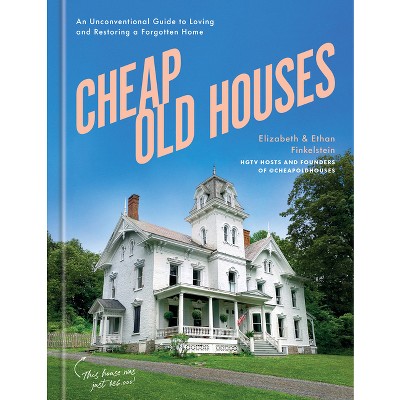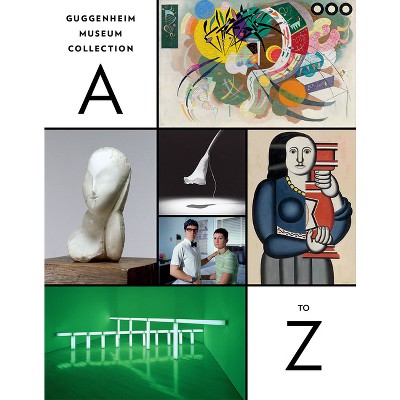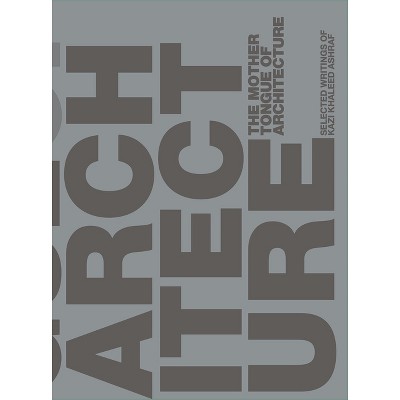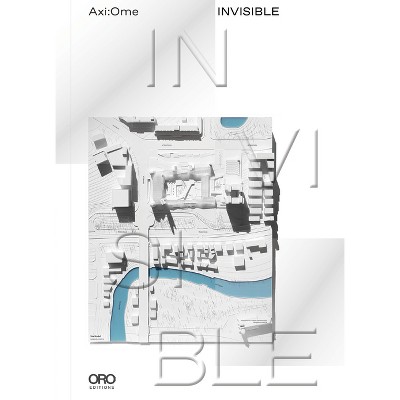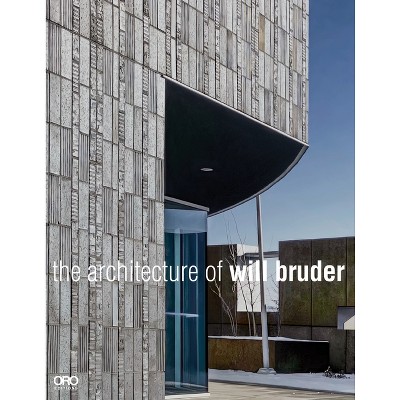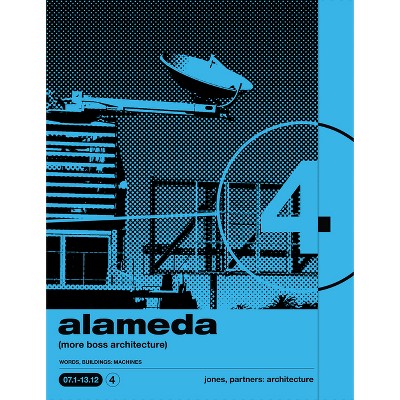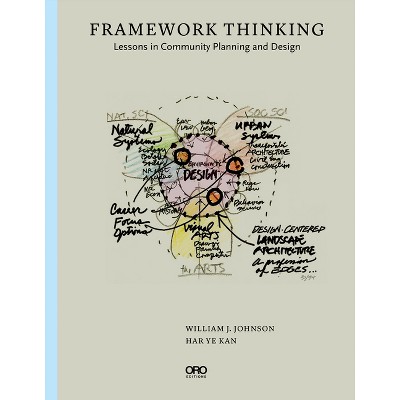Sponsored

Periurban Cartographies - by Victoria Jane Marshall (Paperback)
In Stock
Sponsored
About this item
Highlights
- Periurban Cartographies looks through the prism of the "almosturban" to consider what a "city" is or could be.
- Author(s): Victoria Jane Marshall
- 384 Pages
- Architecture, Individual Architects & Firms
Description
Book Synopsis
Periurban Cartographies looks through the prism of the "almost
urban" to consider what a "city" is or could be. In doing so, the book
challenges assumptions and reconsiders design practices.
The research reported upon in this study draws on thick
description of everyday life and diffuse power in periurban Gangetic
West Bengal/Kolkata. It does so in the hope of enriching our
understanding of incremental modes of political empowerment and
the futures they make. The intention is to not just communicate the
transformations at work in creating a particular "kind of urban," but
also to point to connections that make us rethink the ways in which
change happens.
building from elsewhere than the Global North, specifically from
Asia, and periurban Gangetic West Bengal/Kolkata. It is not simply
a look at a novel and singular condition in and of itself but uses that
singularity to better understand periurbanism generally and urban
political ecologies particularly. Current scholarship in urban political
ecology reminds us of some of the enduring tensions around the conceptualizations of region, socio-natures and agency, and
practice. The urban political ecology approach in this book offers a
way of moving past some of these tensions.
Review Quotes
"Periurban Cartographies illustrates an "on-the-ground periurban reality" shaped by hydrosocial uncertainty and an unsettling of postcolonial urban planning." --Places Journal
"The book's major contribution lies in its empirical findings based on immersive fieldwork and in methodological innovation--transforming cartography into a critical intervention. Moreover, it systematically challenges various manifestations of centrism--from city-centrism, development centrism to the fundamental anthropocentrism--bringing the periurban from the margins to the center of discourse." --The Journal of Urban Political Ecology
Shipping details
Return details
Trending Non-Fiction






